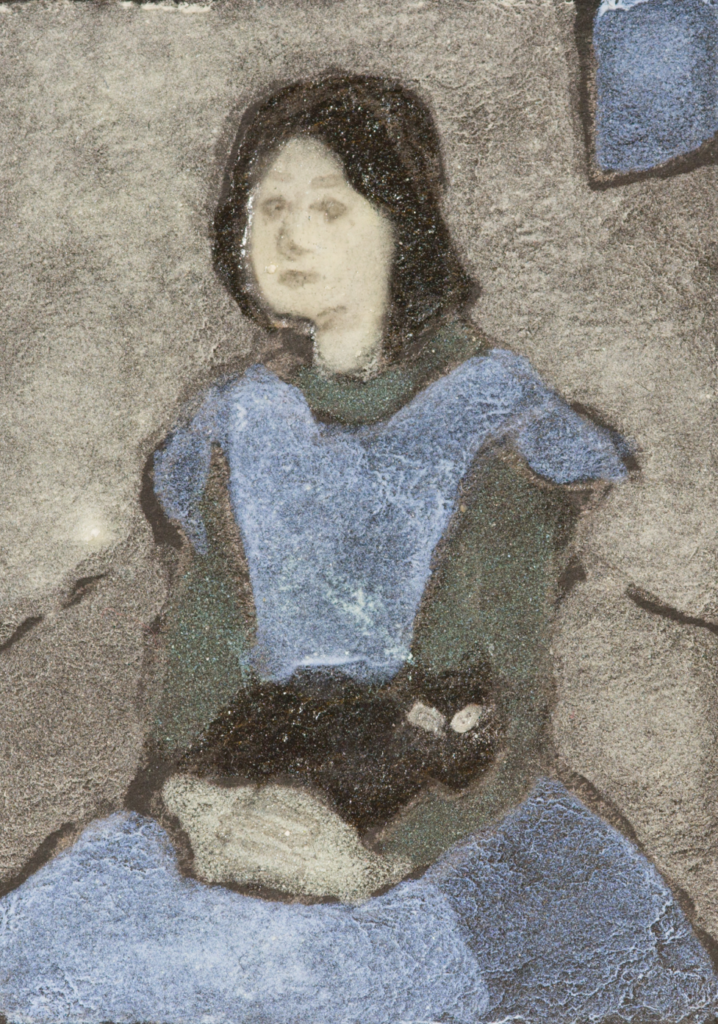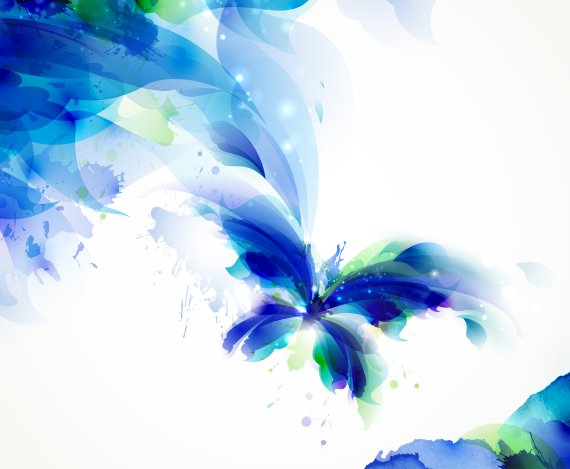‘This paint keeps its colour’, says Clough, researcher Physical Chemistry and Soft Matter. ‘Furthermore, it doesn’t contain any toxic pigments, making it harmless to humans. The researchers* published their findings in the scientific magazine Advanced Optical Materials.
Some fossils of insects are just as colourful as they were millions of years ago.
Jessica Clough, researcher Physical Chemistry and Soft Matter
Colours are usually created by pigments absorbing certain parts of the light and reflecting others. We only see the light that is reflected. Unfortunately, the reason that colour arises is also the reason for its transience: when light is absorbed, it causes a chemical reaction that breaks down the pigment.
Millions of years
But there is another way. For example, in butterfly wings and peacock feathers, any light that is not reflected passes straight through instead of being absorbed. This creates a “photonic colour”, which retains its intensity for a very long time. Clough: ‘Some fossils of insects are just as colourful as they were millions of years ago.’
The researchers managed to reproduce these nanostructures from the animal kingdom in the lab by stacking tiny plastic beads. In between the beads, they put silica, the main constituent of sand. When heated, the plastic beads disappear and the silica hardens. This creates a structure with air pockets where the beads used to be. The size of the beads determines the colour: blue for the smallest beads, then green, and purple for the largest beads.

Red is tricky
For the time being, the colour range is limited. ‘Blue and green work well’, says Clough. ‘But structures that reflect red also reflect blue, which creates purple.’ In nature there are also no red photonic colors. For example, red feathers in parrots are the result of a chemical color. In the future, the researchers hope to remedy this with a mixture of small and large beads that does not reflect blue.
The lab-produced paint is still quite expensive, but Clough believes production costs will be reduced with upscaling. She has already created some artwork with the paint based on the works of Vincent van Gogh. ‘I love to paint. He is one of my favourite artists.’
Bright colours also form a challenge, as the structures also reflect some white light, creating pastel colours. ‘We can suppress that by adding a little charcoal’, says Clough.
*The research is in collaboration with : Joris Sprakel, Tom Kodger, Elise Guimard, Cindy Rivet

 Photo: Shutterstock
Photo: Shutterstock